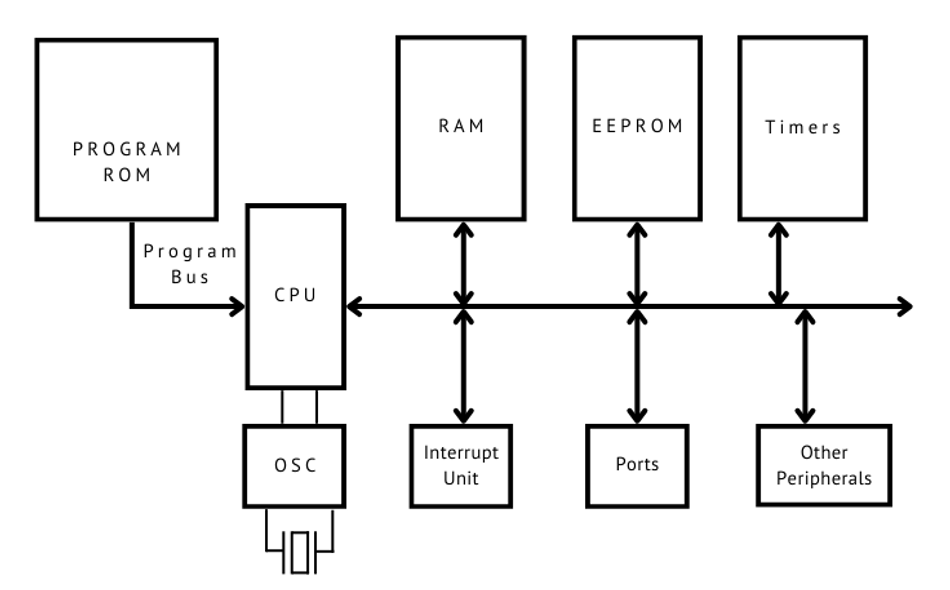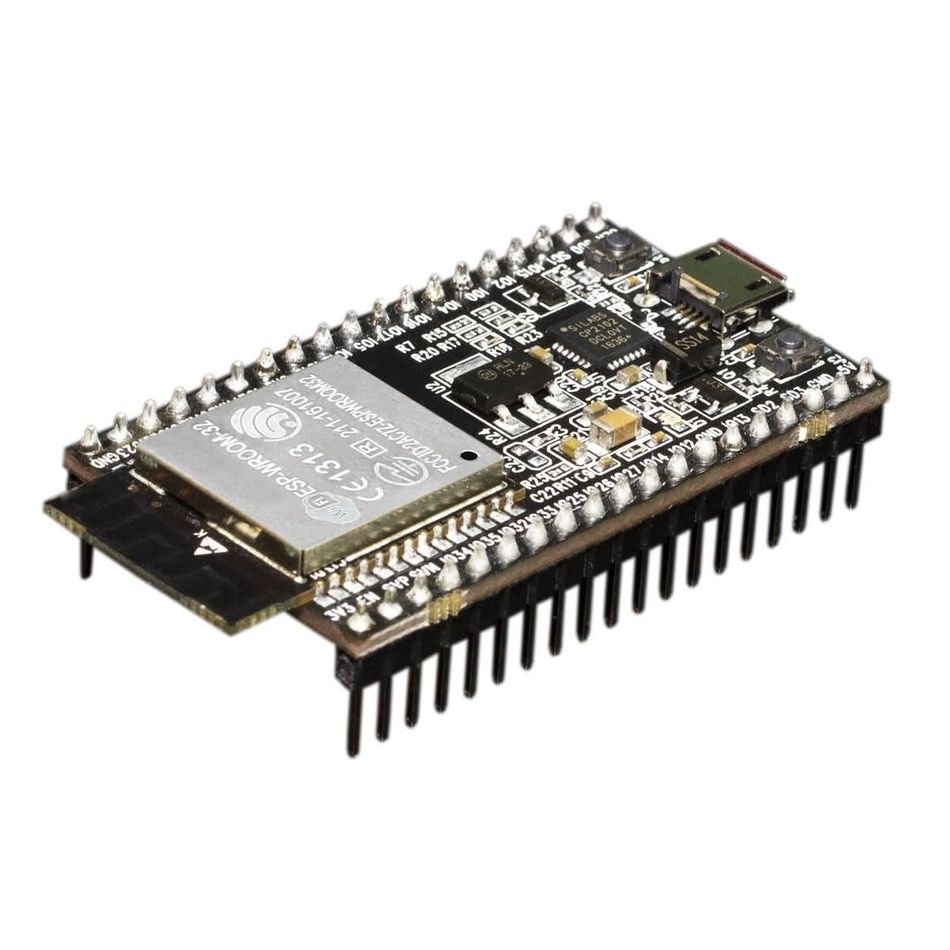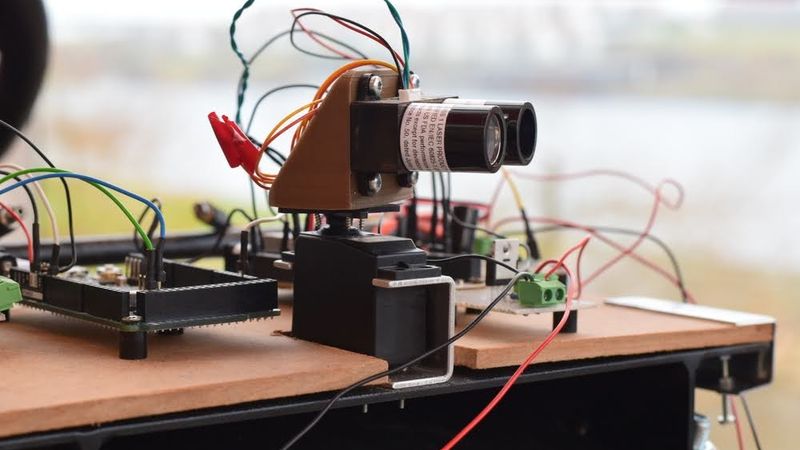Choosing the Right Microcontroller for Your Embedded Project
Selecting the right microcontroller (MCU) is crucial in embedded systems engineering, as it significantly influences the system's performance, power consumption, and overall success.
Introduction
Embedded systems are integral to our daily lives, found in everything from home appliances to industrial machines. The heart of any such system is its microcontroller (MCU). This tiny yet important component is more than just a piece of hardware; it is the decision-maker that drives the functionality, efficiency, and success of the entire project. Choosing the right MCU is not a mere technical decision; it's a strategic one that significantly impacts the overall system performance, power consumption, and functionality of your embedded design. A well-chosen MCU ensures that your system runs reliably and efficiently, handling tasks with the necessary speed and consuming power with careful consideration. Conversely, a poorly selected MCU can lead to underperformance, high energy consumption, and increased costs, potentially compromising the project's success. Therefore, understanding the main benefits of MCUs and aligning them with your project's needs is an important part of your project in the field of embedded systems engineering.
Understanding Project Requirements
Selecting the right MCU for an embedded project is an important decision relying on the project's specific requirements, as the chosen MCU directly influences the functionality, efficiency, and scalability of the project. This process begins with a thorough analysis of the project's goals and technical needs. Firstly, it’s important to analyze the project's functional requirements, which includes understanding the tasks the MCU needs to perform, such as data processing, signal control, or communication with other devices.
The processing power of the MCU determines how quickly and efficiently it can execute tasks, important for applications that require real-time processing or handling complex algorithms. It is essential to assess the processing needs of your project, whether it involves simple control tasks or more demanding computational work. A more powerful MCU might be necessary for intensive tasks, but it could also mean higher costs and energy consumption.
Memory is another critical factor. The MCU's memory is split into two main types: flash (for storing your program) and RAM (for temporary data storage during operation). The size of your code and the data it needs to handle will dictate the memory requirements. Insufficient memory can lead to performance issues or limit the scope of your project, so it’s important to estimate memory needs accurately.
Furthermore, the nature and number of I/O interfaces determine how the MCU will interact with other components like sensors, actuators, and user interfaces. Count the number and type of I/O pins you need and ensure that the MCU can accommodate them. Additionally, consider the need for specialized functions, such as analog-to-digital converters (ADCs) or pulse-width modulation (PWM) outputs.
But also, many embedded projects require MCUs to communicate with other devices. This could be through standard protocols like UART, SPI, or I2C for onboard communication, or more advanced interfaces like Ethernet or Wi-Fi for network connectivity. The choice of MCU should align with these communication needs, ensuring it supports the required protocols without necessitating extensive additional hardware.
Microcontroller Architectures
In order to choose the right MCU it is important to understand the various MCU architectures, like AVR, ARM, and PIC, each having unique properties and influence differently like performance, power efficiency, and development flexibility.
Firstly, AVR architecture, widely recognized through the Arduino platform, stands out for its user-friendly approach. Ideal for beginners and educational purposes, AVR chips are known for their simplicity in programming and debugging. They offer a decent balance of power efficiency and processing capability, making them well-suited for moderate-level applications like hobbyist projects or basic automation systems.

ARM architecture, on the other hand, is known for its high-performance capabilities and remarkable energy efficiency. ARM-based MCUs are versatile, scaling from lower-end Cortex-M series to the more powerful Cortex-R and Cortex-A series, making them applicable for a broad range of applications, from simple devices to complex, compute-intensive applications like smart home systems, advanced robotics, and IoT devices.
PIC architecture is favored for its adaptability and low power consumption, comes in a variety of options, accommodating a wide range of needs from basic to complex. PIC chips are particularly noted for their robustness and reliability, making them a preferred choice in industrial applications and consumer electronics.
Selecting the appropriate architecture requires a careful evaluation of your project's needs. If your project demands high processing power and energy efficiency, ARM-based MCUs are typically the go-to choose. For projects that prioritize ease of use and cost-effectiveness, especially for those new to embedded systems, AVR might be more appropriate. Meanwhile, for applications that require a balance between performance, power efficiency, and versatility, PIC MCUs are often a reliable choice.
Power Consumption Considerations
The energy efficiency of a MCU can greatly influence the longevity and reliability of a system, affecting everything from user experience to maintenance costs. In battery-operated devices, such as portable medical devices, wearables, or remote sensors, minimizing power consumption is important. Especially when high power usage leads to frequent battery replacements or recharges, which can be impractical or costly. Additionally, in applications where it is difficult to access the device for maintenance, such as embedded sensors in smart infrastructure, efficient power usage becomes even more important for ensuring long-term operation.
Modern MCUs are equipped with various low-power modes and energy-saving features. These include sleep or idle modes, where the MCU slows down or turns off certain functions when they are not needed. For instance, a MCU might power down its CPU while keeping its memory active, allowing it to quickly resume full operation when required. Other features include efficient clock management and power gating, which selectively shuts down unneeded peripherals.
Achieving the right balance between processing power and energy efficiency is a challenging aspect of MCU selection. Higher processing power generally leads to higher power consumption, but this is not always a linear relationship. Advanced MCUs are designed to provide optimum performance with minimal energy use. When selecting a MCU, consider the processing demands of your application and compare them against the power specifications of the MCU. Often, it’s possible to find a MCU that offers sufficient processing capabilities while still maintaining a low energy footprint.
Development Ecosystem and Tools
The choice of a MCU is greatly influenced by the availability and quality of its development ecosystem. This ecosystem encompasses the software tools, libraries, community support, and documentation available for a particular MCU. A strong development ecosystem simplifies every stage of the project lifecycle, from prototyping to deployment. It provides developers with vital resources like compilers, integrated development environments (IDEs), and code libraries. Additionally, a community support network can be an important benefit, offering solutions to common problems, advice on best practices, and shared experiences from fellow developers.
A well-supported ecosystem can significantly streamline the development process. Access to comprehensive libraries and frameworks allows developers to avoid misleading steps for common tasks and functionalities. Moreover, good documentation and active community forums can speed up the troubleshooting process, reducing development time.
Development tools are important especially in simplifying debugging and testing. Advanced IDEs offer features like code completion, error highlighting, and sophisticated debugging tools that can detect and help resolve issues quickly. These tools are invaluable in ensuring the reliability and performance of the final product. Moreover, some ecosystems provide simulation tools allowing developers to test their code in a virtual environment before deploying it on actual hardware, further easing the development process.
Costs
The price of a microcontroller can significantly impact the overall budget of a project, especially in large-scale productions or cost-sensitive applications. The cost of a microcontroller is not limited to its purchase price alone. It encompasses the long-term expenses associated with development, maintenance, and potential scalability needs. In projects where large quantities of MCUs are required, even a small difference in unit cost can substantially affect the total expenditure. Therefore, it is important to choose wisely and select a MCU that fits within the budget while meeting the project requirements.
Practical Examples
In this section, two practical examples will be shortly observed. In the first one, application of MCUs for home automation systems is of interest. This automation project has requirements to have low power consumption, Wi-Fi connectivity, and the ability to handle multiple sensor inputs. An ESP32 microcontroller was chosen for its built-in Wi-Fi capabilities, efficient power management, and ample GPIO pins for sensor connectivity. The result was a cost-effective, energy-efficient system capable of seamless integration into a smart home environment.
Another example is installation of MCUs as an industrial monitoring device, where a robust MCU for monitoring equipment is required. The critical factors were reliability under harsh conditions, extended temperature range, and real-time processing. A microcontroller from the STM32 family was selected for its ruggedness, wide temperature tolerance, and high processing power. This choice ensured reliable and accurate monitoring under industrial conditions.

Conclusion
The selection of the right microcontroller extends far beyond technical specifications, it also involves a thoughtful and customized approach that aligns with the specific needs and constraints of the project. A microcontroller is not just a component; it is the driving force behind the functionality, efficiency, and scalability of an embedded system. The diverse range of architectures, from AVR to ARM to PIC, offers a spectrum of options catering to different project needs. By understanding these various elements and applying this knowledge carefully, engineers and developers can make informed decisions that lead to efficient, reliable, and successful embedded systems.

